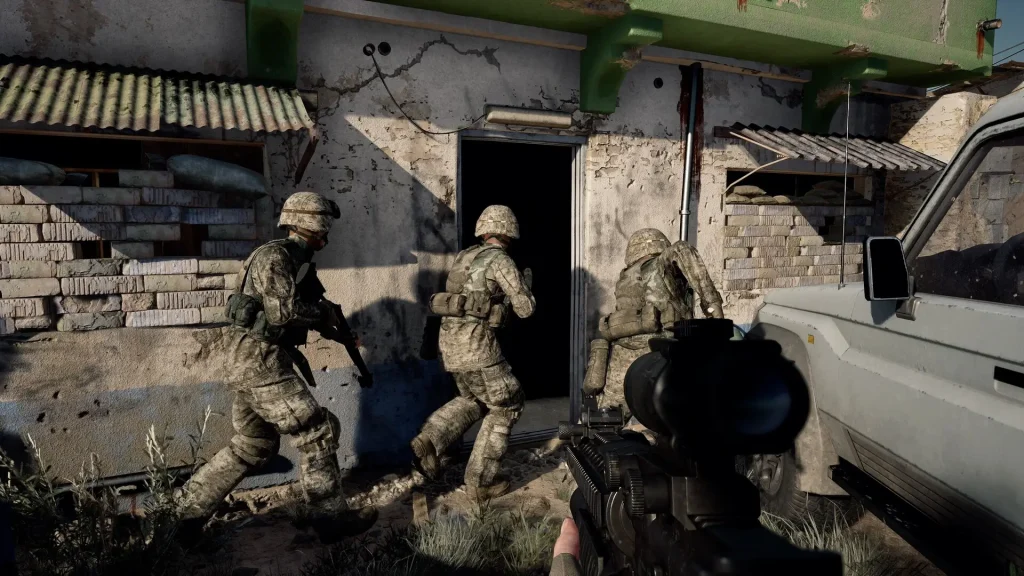
At the intersection of vulnerability and creation lies a genre that speaks to something primal — the need to endure, to adapt, and to build. Survival and crafting games have carved a unique space in the modern gaming landscape, offering not just challenges or exploration, but a deeply personal rhythm of discovery, decay, and resilience. This blog explores the most compelling entries in this genre, focusing on the immersive mechanics, emotional weight, and environmental storytelling that define the best survival experiences.
Unlike traditional action or narrative games, survival titles rarely offer a clear path. They begin not with conquest or heroism, but with exposure — to cold, hunger, thirst, or isolation. The player is dropped into a world that is not waiting to be saved, but merely exists — indifferent and unyielding. From there, every step forward becomes an act of defiance against entropy. The struggle to stay alive becomes its own story.
Crafting, in this context, is not a luxury but a necessity. It bridges the gap between scarcity and possibility. A stick becomes a spear. A tarp becomes a shelter. A rusted can becomes a signal flare. Through crafting, the environment is translated into opportunity. This act of transformation — of taking what is available and making it useful — is central to the genre’s appeal. It mirrors real survival: slow, uncertain, and often improvised.
In the best examples of the genre, these systems are not isolated mechanics, but deeply woven into the world’s logic. Materials have weight, both literally and symbolically. Time matters — not just in day-night cycles, but in decay, in hunger, in the weather’s turn. A moment of hesitation may mean frostbite. A single misstep may lead to a cascade of consequences. These games teach patience, observation, and flexibility.
Environmental storytelling plays a crucial role. Worlds are not static stages but evolving ecologies. Abandoned structures hint at prior attempts to survive. Broken tools tell of failed resistance. Footprints, overgrown paths, or makeshift barricades sketch fragments of lives once lived. These fragments invite interpretation, never insisting on a singular narrative but allowing players to assemble their own version of the truth. The world speaks softly, and listening becomes an act of survival itself.
This blog explores titles set across a broad spectrum of settings — from frigid mountains and arid deserts to alien planets and post-collapse cities. Each location brings its own language of survival. In one, warmth may be the rarest commodity. In another, oxygen or freshwater might dictate pace and exploration. Rather than universalizing survival, the genre emphasizes the uniqueness of context — no two worlds threaten in the same way, and no two solutions are ever identical.
The tension between solitude and connection also emerges as a key theme. Some games emphasize the loneliness of survival — a solitary journey where the only company is silence and storm. Others allow for cooperation, where survival becomes a shared effort, demanding communication, division of roles, and collective planning. In either case, the emotional landscape is rich: hope, fear, satisfaction, fatigue. These emotions are not scripted but emerge from systems, shaped by the player’s own decisions.

Aesthetic choices in these games often follow function. Visuals are used not to overwhelm but to communicate — cloud formations that signal rain, foliage that hides resources, sounds that alert to distant danger. Light is rationed. Space is limited. Music, if present, is sparse — often fading into environmental sounds: wind through broken rafters, the crunch of snow, the growl of unseen threats. Atmosphere, here, is not decoration; it is part of the survival equation.
Progress in survival and crafting games feels different from other genres. It is not about leveling up or acquiring status. It is measured in moments: the first successful fire in a storm, the first meal cooked without danger, the first time a shelter endures the night. There is a humility to this progress — a reminder that mastery is earned not through dominance, but through adaptation.
Crafting systems themselves vary in complexity. Some games offer intuitive combinations that emphasize experimentation. Others use layered blueprints, encouraging long-term planning and resource management. Both approaches serve the same purpose: turning survival from reaction into creation. When tools become extensions of strategy, when structures reflect personality and purpose, the line between game and lived experience begins to blur.
"Survival and Crafting: The Best of the Genre" is not a list of features or mechanics. It is a reflection on what these games evoke — the sense of being alone but not helpless, vulnerable but capable. It highlights experiences where danger is not an obstacle, but a sculptor — shaping the player’s path, demanding decisions that resonate, teaching that survival is not just about staying alive, but about finding meaning in the act of doing so.

The way games blend storytelling and interactivity is pure genius. It's a unique art form.